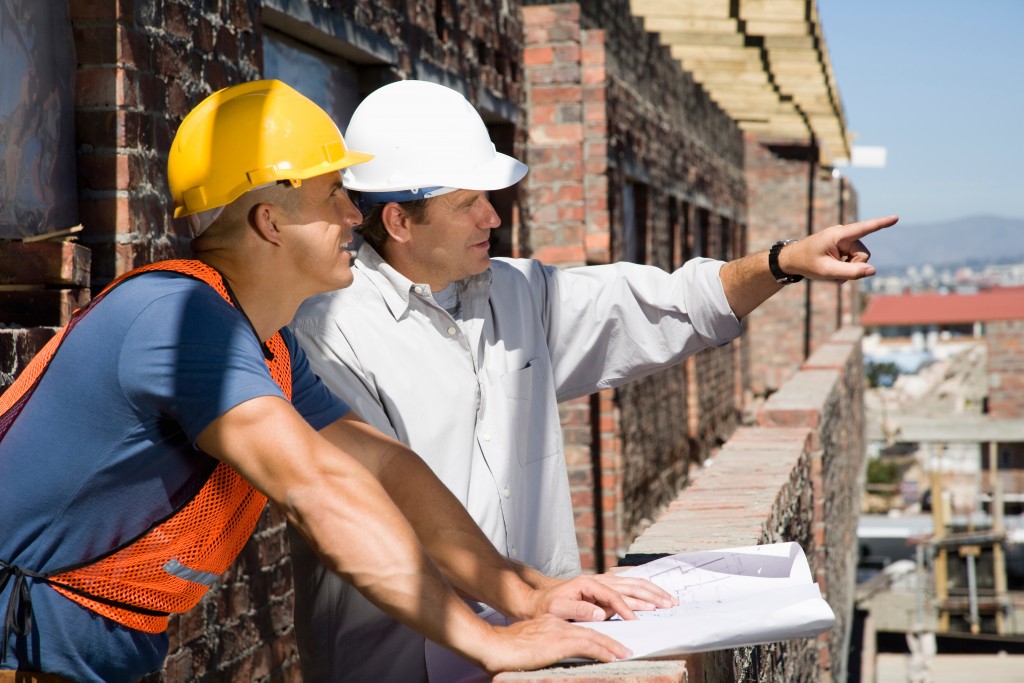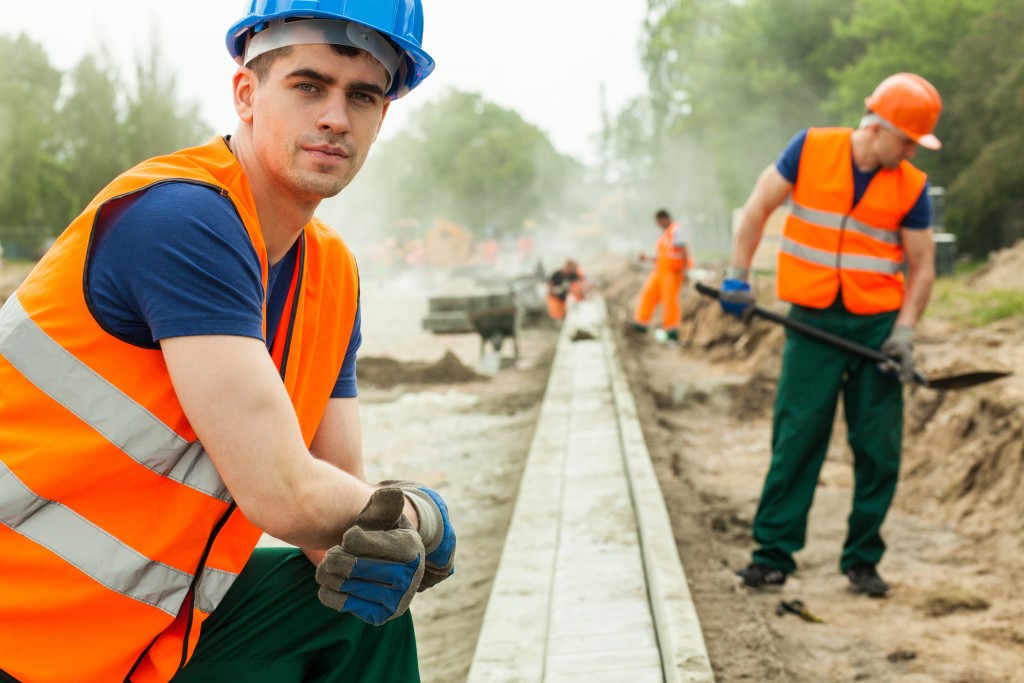- Constructing a public infrastructure is necessary for the well-being of any city or community.
- Factors to consider when constructing a public infrastructure include budget and site selection.
- Fundamentals such as open communication with stakeholders, early planning, and adequate budget allocation are critical to successful infrastructure construction.
- Materials used in construction, such as blown asphalt, can help ensure longevity and cost-effectiveness.
- Environmental impact assessments should be conducted to observe potential impacts on water and air quality, flora, fauna, and soil quality.
Constructing a public infrastructure is necessary for the well-being of any city or community. However, several factors must be considered beforehand to ensure the infrastructure project succeeds.
Building a public infrastructure involves multiple steps and processes, including planning, design, and construction. This blog post will explore everything that must be considered when constructing a public infrastructure, including budget, site selection, environmental impact, and community involvement.
What is a Public Infrastructure
Public infrastructure includes the essential physical and organizational structures and facilities for a community to function properly. These structures, usually owned and managed by governments, can range from transportation systems and roads to water supply networks and sewage treatment plants.
Public infrastructure includes public spaces such as parks, museums, and libraries. Maintaining and developing public infrastructure is vital for economic growth and ensuring a high quality of life for citizens. Without reliable and efficient infrastructure, society could not function sustainably and safely.
The Importance of Building a Public Infrastructure

Public infrastructure is an interconnected system of physical structures and services that provide the foundation for economic progress, human comfort, and safety. Examples of public infrastructure include roads, bridges, sidewalks, power grids, water systems, airports, communication networks, and other transportation systems. All of these components are essential to ensuring the smooth functioning of any city or region.
Considerations When Building a Public Infrastructure
When constructing a public infrastructure, there are many factors to consider. The following points should be kept in mind when planning and executing an infrastructure project:
Budget
The budget is one of the most critical factors in constructing a public infrastructure. Funding for infrastructure projects can come from federal and state grants, bonds, taxes, or a combination of these sources.
It is pertinent to develop a detailed budget plan and stick to it throughout the project’s duration to avoid cost overruns and delays. Budget considerations should also account for possible emergencies, such as unexpected site conditions or environmental issues.
Materials
When constructing public infrastructure, it’s crucial to consider the materials being used. One popular material that has been gaining attention lately is blown asphalt. This material is created by blowing hot asphalt into a foam-like consistency, resulting in a product that is lightweight, durable, and cost-effective.
Blown asphalt can be used in various infrastructure projects, from roadways to bridges. Its ability to withstand extreme temperature changes and heavy traffic makes it attractive for those looking to save money and ensure project longevity.
Site Selection

The second factor when constructing public infrastructure is choosing an appropriate location. Site selection should include analyzing demographics, traffic, zoning, environmental impact, and future growth projections.
Environmental considerations should include possible impacts on water and air quality, flora, fauna, and soil quality. Furthermore, the site should be easily accessible to public transportation and other essential amenities, such as schools, hospitals, and shops.
Environmental Impact
Any public infrastructure project should account for the environmental impact it may have. Developing an Environmental Impact Statement early in the project can reveal potential ecological or community concerns that must be addressed.
The study should also consider the project’s impact on wildlife habitats, wetlands, and other ecological considerations. Mitigation plans must be in place to ensure proper handling and disposal of hazardous materials on-site to limit any adverse environmental effects.
Community Involvement
Constructing a public infrastructure is never a minor decision; community buy-in is crucial for the project’s success. Community involvement should begin early in the planning process and continue throughout the project’s life.
Public engagement sessions allow residents to voice concerns and offer feedback to project managers and local officials. Moreover, involving citizens during each project phase can help manage potential opposition while keeping the community informed about developments.
Design and Construction
Design and construction is the final stage in public infrastructure construction. The design should consider the structure’s functionality, appearance, and long-term maintenance. Projects must be designed to meet building codes and zoning laws with sustainability in mind. Infrastructure improvements should accommodate the growing community, while the construction process should be transparent to ensure adequate public communication.
To Sum Up
Constructing a public infrastructure requires careful planning, execution, and management. Open communication with stakeholders, early planning, and adequate budget allocation are critical to successful infrastructure construction. When these key factors are addressed, the construction of public infrastructures can promote economic growth, improve the quality of life, and enhance community well-being.
